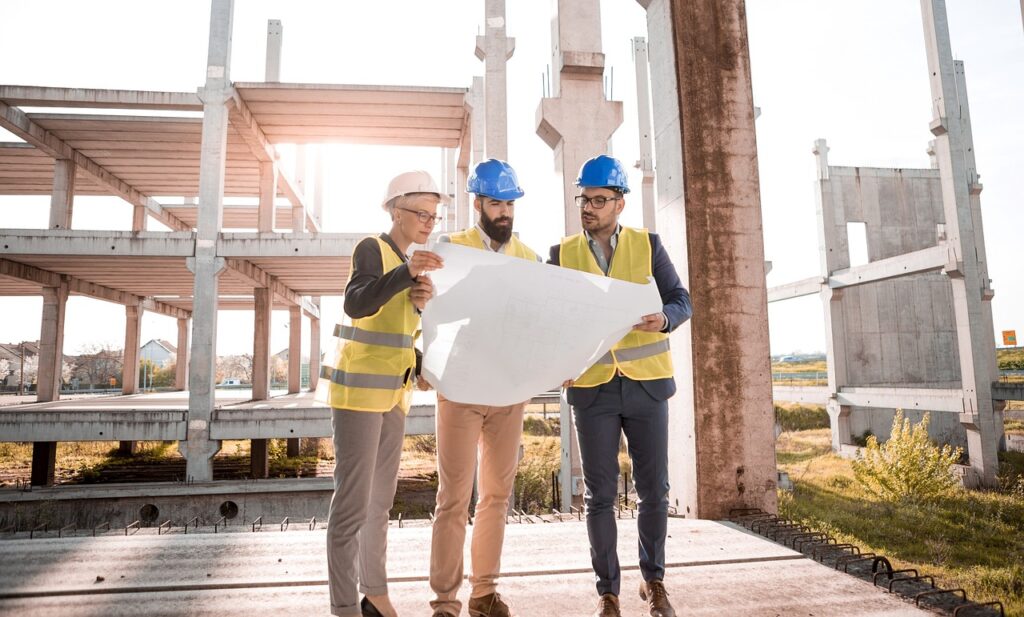
Table of Contents:
- Introduction to Modular Construction
- Advantages of Modular Construction
- Common Applications of Modular Buildings
- Sustainability and Environmental Impact
- Challenges and Considerations
- Future Trends in Modular Construction
- Conclusion: The Path Forward
Table of Contents
Introduction to Modular Construction
Modular construction is revolutionizing the building industry. Unlike traditional construction, this method involves constructing buildings
in sections or modules off-site and transporting and assembling them on location. This innovative approach offers numerous benefits, making it an increasingly popular option for various construction needs. Among the most insightful examples are commercial modular buildings, which showcase the speed and flexibility of this construction method.The practice of modular construction entails creating pre-fabricated building components under controlled conditions. Once these components, or modules, are ready, they are transported to the building site for assembly.
This process leads to shorter construction times and reduced material waste, contributing to the growing interest in this approach.
Manufacturers like Wintech Modular tend to leverage advanced factory techniques to ensure precision and quality in each module, further enhancing the reliability and appeal of modular construction. Moreover, the ability to manage construction in a factory setting allows for better coordination and minimizes the potential for errors that can occur on a traditional construction site.
Advantages of Modular Construction
- Speed and Efficiency: Modular construction significantly reduces the overall project timeline. By constructing modules in a factory setting, builders can avoid common delays caused by weather and other on-site issues. This ability to maintain a consistent work pace irrespective of external conditions ensures that projects are completed faster, making it an attractive option for time-sensitive developments.
- Cost-Effective: It can be more affordable due to economies of scale and reduced labor costs. Additionally, the controlled environment minimizes waste and improves the quality of construction. Factory production also means better inventory management and less likelihood of material shortages or overages, further driving down costs.
- Flexibility: Modular buildings can be easily customized and expanded. They can be designed to meet various needs, including residential, commercial, and industrial applications. This flexibility extends to architectural styles and building functionalities, allowing for creative and diverse design options catering to specific client needs and preferences.
- Quality Control: The factory setting allows for stringent quality control measures, ensuring that each module meets high standards before it leaves the manufacturing facility. Repetitive processes and routine inspections enforce uniform quality, reducing the risk of substandard artistry sometimes seen in on-site construction.
Common Applications of Modular Buildings
Modular buildings are used in various sectors, from educational facilities to healthcare clinics. Schools, offices, and retail spaces also leverage modular construction’s benefits. One of the most impressive applications can be found in tech innovation hubs where rapid, scalable solutions are essential. Hospitals and urgent care centers are also prime candidates for modular solutions, especially given the necessity for quick deployment during emergencies.
Moreover, the residential sector has seen a surge in modular home construction. Since modular homes can be assembled quickly and tailored to specific tastes, they provide a viable solution to housing shortages in urban areas. Governments and organizations increasingly view modular buildings as a means to address urgent infrastructural needs, particularly in areas affected by natural disasters where speed and efficiency in rebuilding efforts are crucial.
Sustainability and Environmental Impact
Modular building techniques are frequently more environmentally friendly than conventional approaches. It usually requires fewer resources, produces less garbage, and reduces site disturbances. Furthermore, numerous modular constructions prioritize energy efficiency by utilizing advanced insulation and sustainable materials in their designs. Organizations advocate for practices that reduce the environmental footprint, and modular construction aligns well with these principles.
The reduced construction time translates to lower energy consumption on-site, further bolstering its sustainability credentials. Since modules are built in a controlled environment, there is also a significant reduction in noise and air pollution compared to traditional on-site construction. Moreover, deconstructing and reassembling modular components makes it easier to repurpose buildings, extending their lifecycle and reducing the need for new raw materials.
Challenges and Considerations
Despite its many advantages, modular construction also presents some challenges. Transportation logistics, initial capital investment, and potential design limitations must be addressed. Proper planning and collaboration with experienced modular construction firms can help mitigate these obstacles. Considering these factors when evaluating the feasibility and benefits of modular versus traditional construction methods is essential.
Transportation of large modules can be complex and requires careful coordination to ensure they reach the site without damage. Initial setup costs for the factory environment can also be significant, though long-term savings often offset these. Design limitations, while becoming less of an issue with technological advancements, can still pose challenges in highly complex or uniquely tailored projects. Addressing these challenges through strategic planning and collaboration with experts will be vital to maximizing the benefits of modular construction.
Future Trends in Modular Construction
The future of modular construction looks promising, with innovations in materials and building technologies leading the way. Smart buildings incorporating IoT and automation are among the exciting trends. Furthermore, the increasing focus on sustainability will likely drive the demand for modular solutions that offer environmental and economic benefits. With advancements in digital design and construction methods, modular buildings could become even more efficient and adaptable to various requirements.
With the advancement of technology, we will likely witness more complex modular designs integrating innovative materials and eco-friendly technologies. Incorporating renewable energy sources such as solar panels and smart home technologies is expected to become more common, resulting in modular buildings that are faster to construct, more affordable, and more environmentally friendly in the future. As the industry adapts to these trends, modular construction is set to play an increasingly significant role in shaping modern cities and communities.
The Path Forward
Modular building solutions are a promising path forward as the future of construction evolves. Modular construction is expected to substantially impact the future of buildings through a combination of efficiency, cost-effectiveness, and sustainability. Stakeholders willing to embrace these methods can look forward to reaping substantial benefits in their projects. As technological advancements continue to enhance modular construction capabilities, this method is poised to become a cornerstone of modern building practices.
The synergy between rapid technological advancements and increasing demands for sustainable and efficient building solutions makes modular construction an excellent fit for the future. Industry leaders and policymakers who adopt and promote these innovative practices will be at the forefront of a transformation in the construction landscape. As awareness and adoption grow, the possibilities for what can be achieved with modular construction are virtually limitless.
